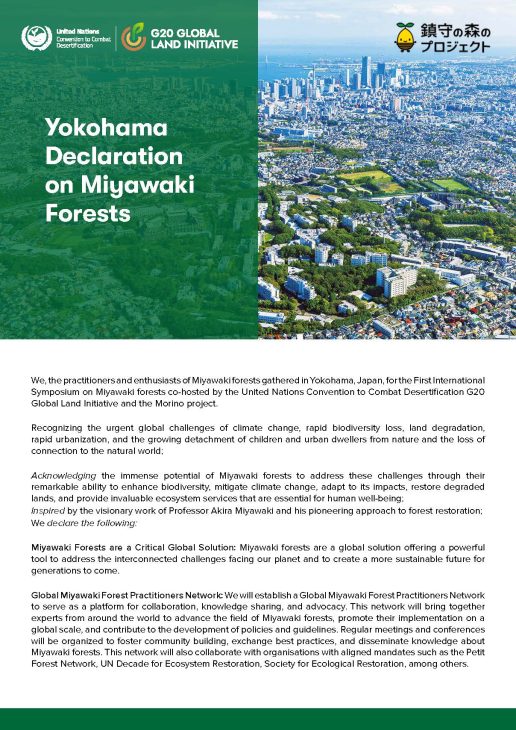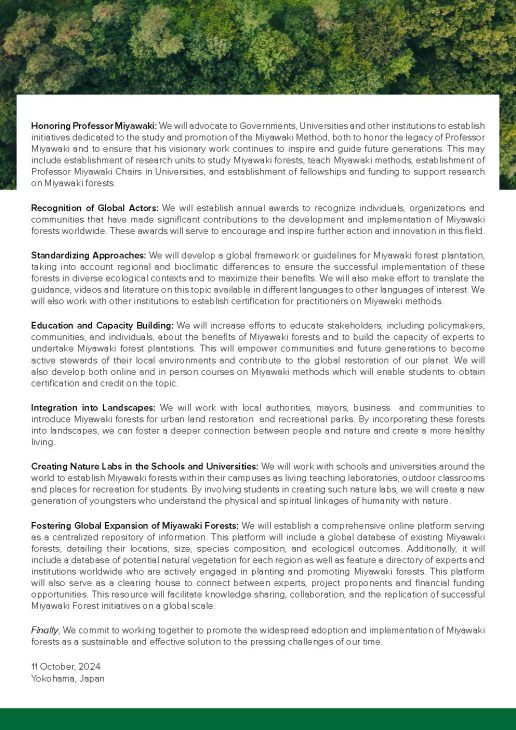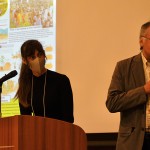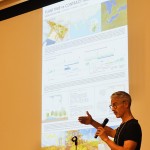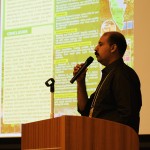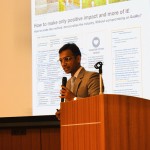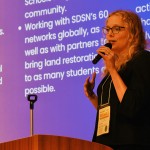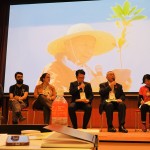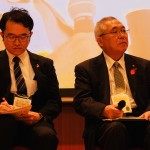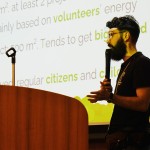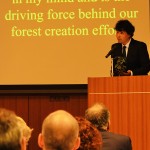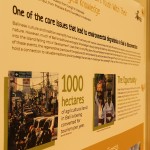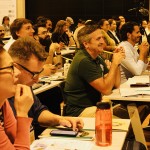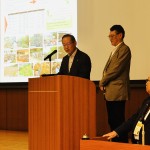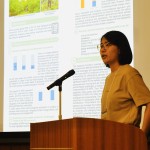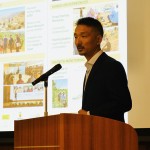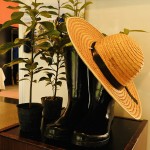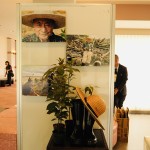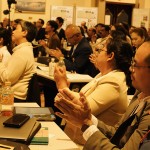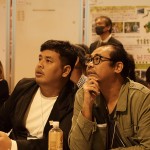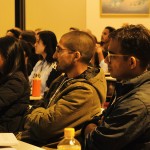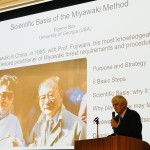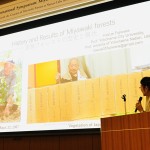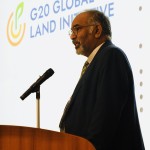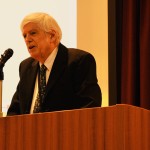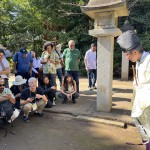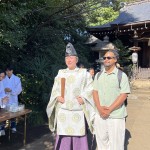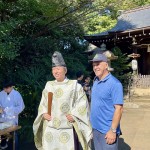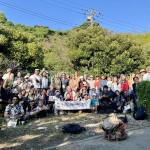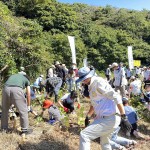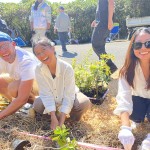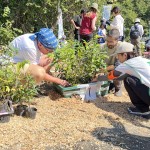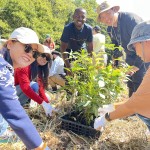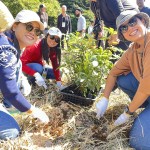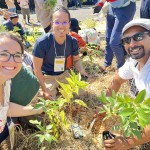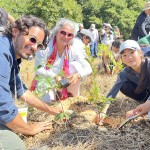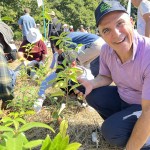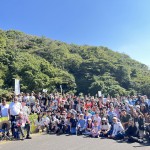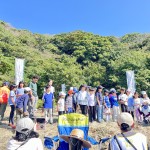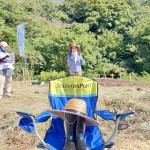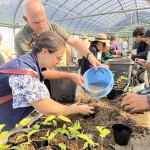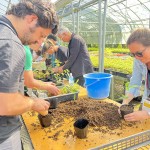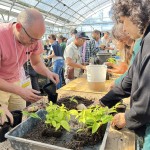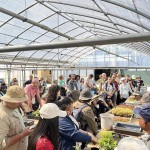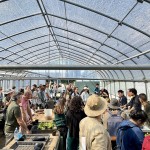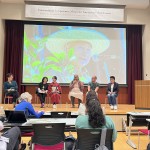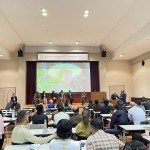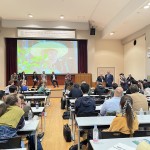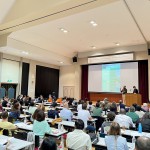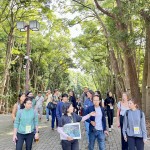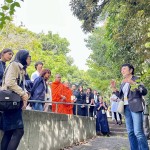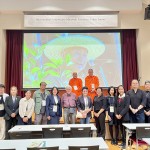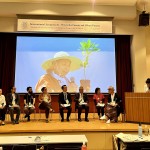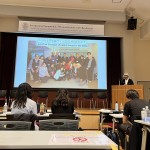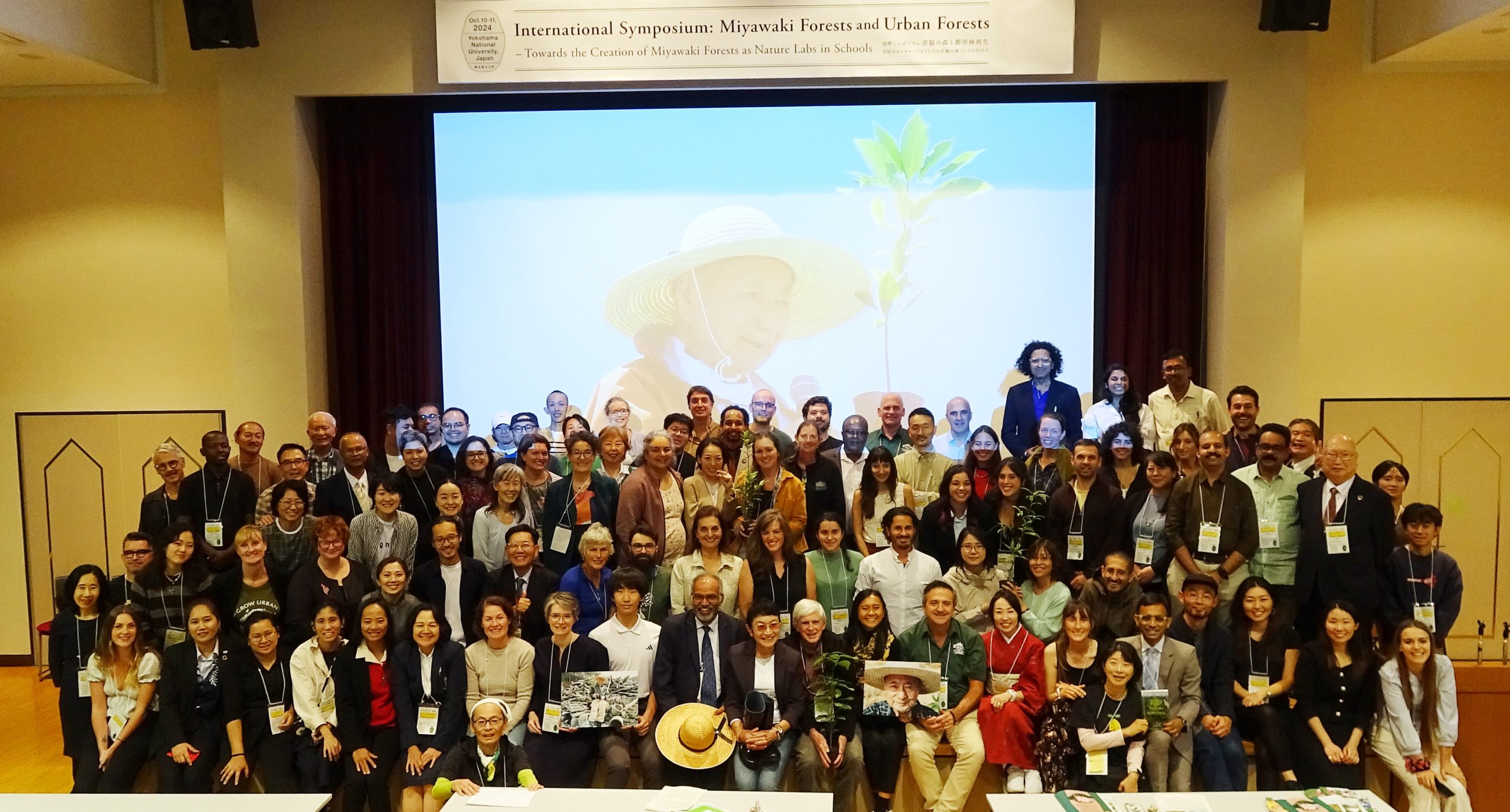
From October 10-14, 2024, the International Symposium on Miyawaki Forests and Urban Forests was held at Yokohama National University (YNU). The symposium featured presentations showcasing the diverse potential of Miyawaki forests in addressing urban and environmental challenges.
Total Number of Participants: 149 (87 from 27 overseas countries, 62 from Japan)
- Secretary General: Makoto Nikkawa (Secretary General of MORINO PROJECT) info@morinoproject.com
- Executive Committee: Kazue Fujiwara, Elgene O. Box, Grey Coupland, Teruko Sano, Mio Urata, Shin-ichi Suzuki, Kazuhiro Mizuta
- Organizers: Muralee Thummarukudy, Director, Global Land Initiative, UN Convention to Combat Desertification, Bonn, Germany,
- Organizers: MORINO PROJECT (鎮守の森のプロジェクト)
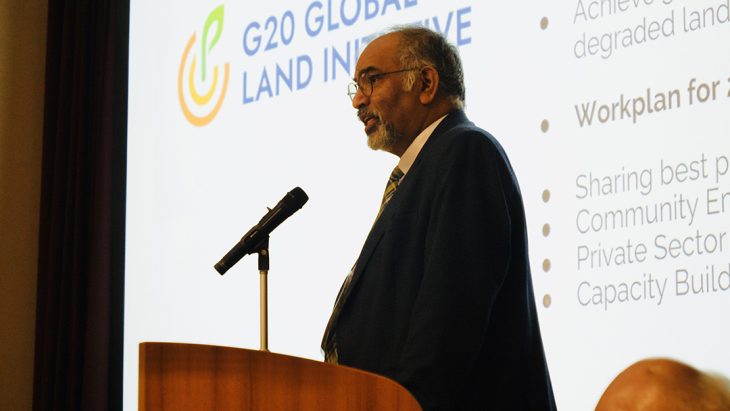
Angelina Lee’s Photos
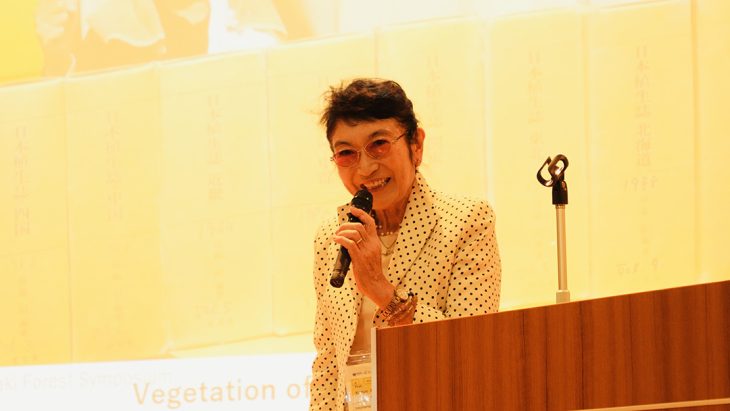
Angelina Lee’s Photos
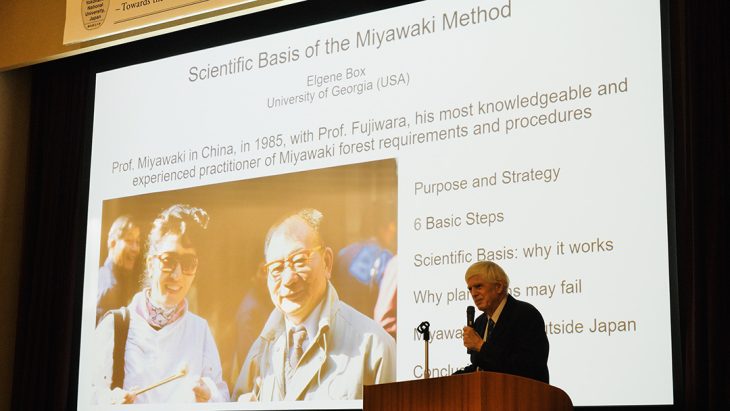
Angelina Lee’s Photos
Greetings from Muralee Thummarukudy
Muralee Thummarukudy, Director of the G20 Global Land Initiative (GLI), emphasized the significance of this symposium in reconnecting children with nature amid rapid urbanization. Through the Nature Labs project, GLI aims to transform schools into “living laboratories,” using Miyawaki Forests to provide sustainable environmental education.
Keynote Speech by Professor Kazue Fujiwara
Professor Fujiwara introduced the history and achievements of the Miyawaki Forest method, which uses dense planting of native species with mulching to support disaster resilience and biodiversity. With around 2,900 successful projects globally, this method has proven effective, though large-scale implementations require further innovation and collaboration.
Keynote Speech by Professor Elgene Box
Professor Box discussed the scientific basis of the Miyawaki Method, focusing on creating stable forests rapidly by densely planting native species. Originally developed for Japan’s humid climate, this method is now adapted globally, though effective application in new regions requires local expertise and adaptation.
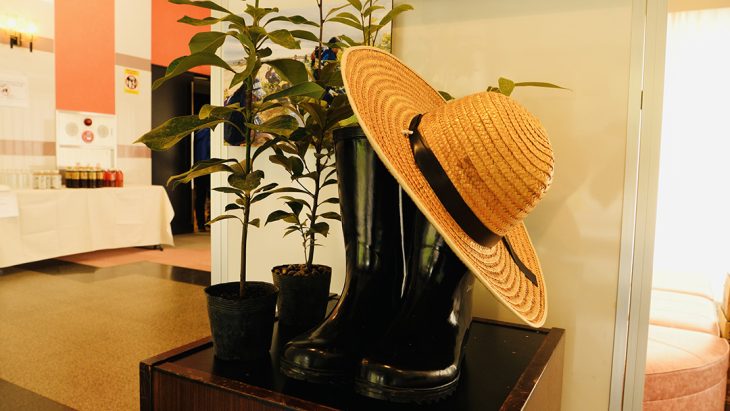
Professor Miyawaki’s favorite hat and boots he used when planting trees./Angelina Lee’s Photos
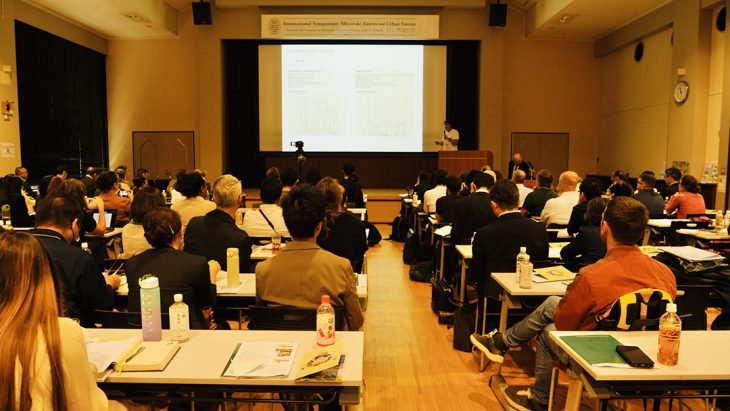
Angelina Lee’s Photos
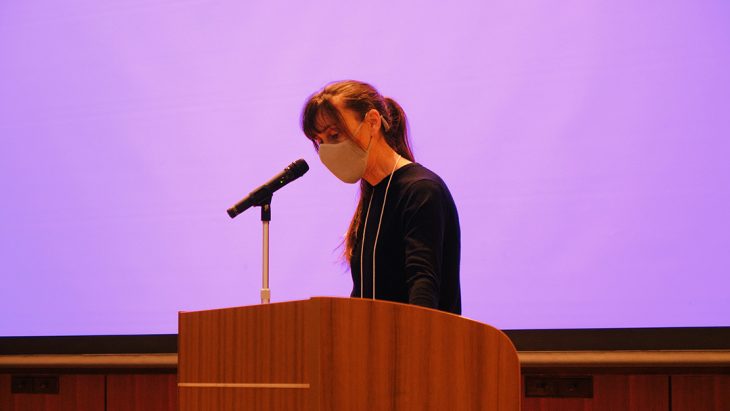
Angelina Lee’s Photos
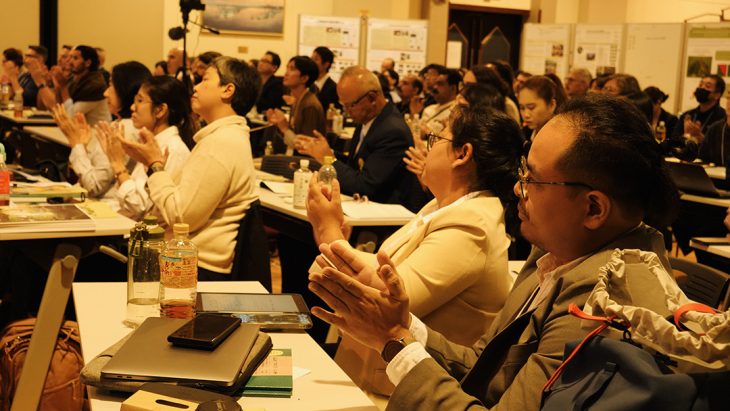
Angelina Lee’s Photos
Presentation Highlights
- Urban Regeneration in Belgium – Research on the growth and ecological impact of Miyawaki forests demonstrated their effectiveness in retaining soil moisture and reducing temperatures in urban areas.
- Environmental Restoration in Kenya – The University of Nairobi and other institutions used the Miyawaki method for forest restoration, highlighting its effectiveness in soil purification and biodiversity conservation.
- Greening of Commercial Facilities in Japan – The AEON “Hometown Forest” project evaluated the carbon fixation and bird habitat benefits of Miyawaki forests around shopping centers.
- Environmental Education in Thailand – Miyawaki forests in schools facilitated ecological learning, with educational activities focused on biodiversity and bee ecology, enhancing students’ environmental awareness.
- Social Regeneration in the Middle East – In Lebanon, Miyawaki forests were introduced in urban areas, serving as community spaces for post-disaster healing and social restoration.
- Ecosystem Restoration in India – Projects in India applied the Miyawaki method, selecting vegetation suited to local ecosystems and climates to explore the potential for urban green space regeneration.
- Disaster-Prevention Forests in Minamisoma, Japan – In Minamisoma City, the Miyawaki method was adopted after the Great East Japan Earthquake to establish disaster-prevention forests. Since 2013, local citizens have planted over 214,000 saplings on embankments built from earthquake rubble, creating resilient green spaces for long-term community protection.
▶︎ Watch the digest version here
These presentations highlighted the significant contributions of the Miyawaki method to environmental conservation and ecosystem restoration in both urban and suburban settings.
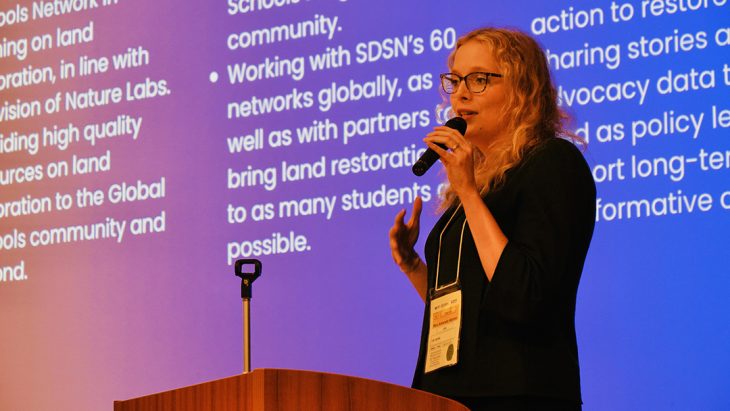
Angelina Lee’s Photos
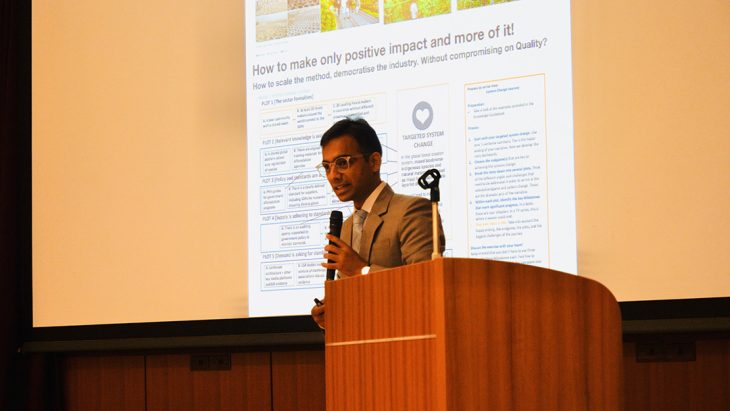
Angelina Lee’s Photos
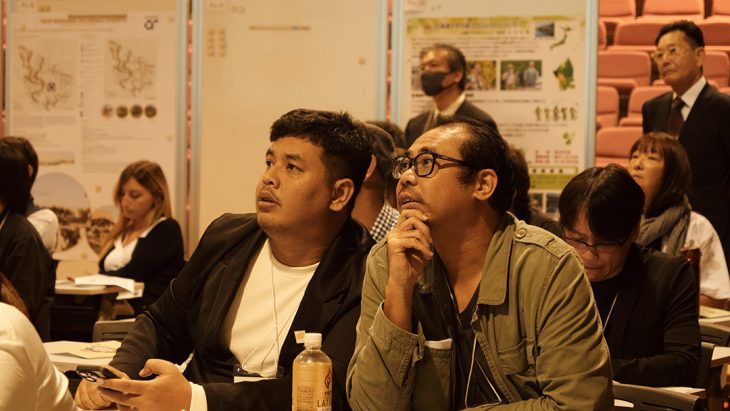
Angelina Lee’s Photos
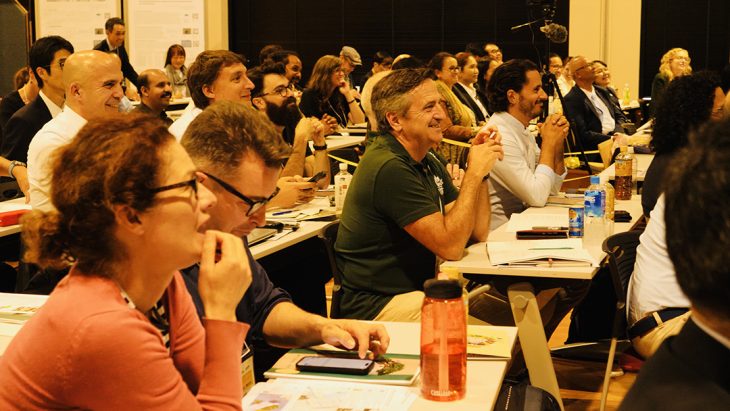
Angelina Lee’s Photos
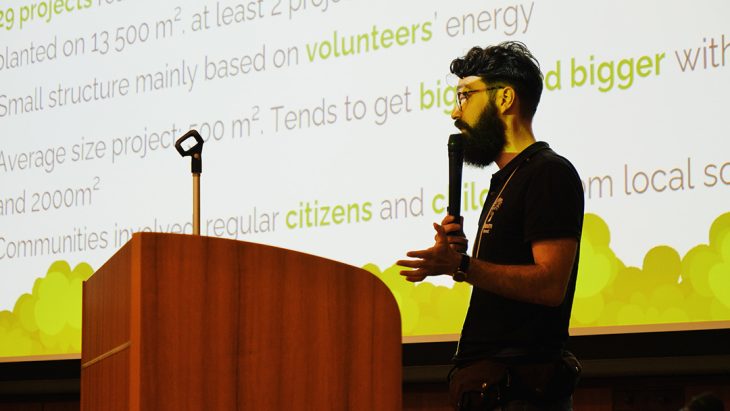
Angelina Lee’s Photos
The event included keynote speeches, panel discussions, and interactive sessions covering:
- The Science Behind Miyawaki Forests – focused on the ecological benefits, biodiversity restoration, and sustainability of Miyawaki forests. This theme was explored in oral presentations and panel discussions, particularly by Prof. Elgene Box and Prof. Kazue Fujiwara, who discussed the scientific foundations of the Miyawaki method.
- Planning and Implementing Miyawaki Forest Projects – provided guidance for cities and educational institutions. This topic was covered through workshops such as “Planning and Implementing” and other sessions led by experts like Angsana Boonyobhas and Shubhendu Sharma, who shared practical insights on implementing Miyawaki projects.
- Fundraising for Nature Labs – discussed innovative funding strategies for school-based Miyawaki projects, addressed in workshops and presentations by participants like Neelam Patil and Edwina Robinson.
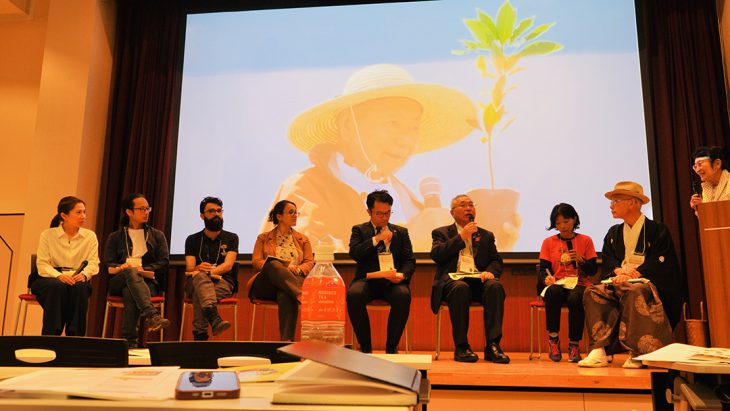
Mayor Monma of Minamisoma City, Fukushima Prefecture, also participated in the panel discussion. / Angelina Lee’s Photos
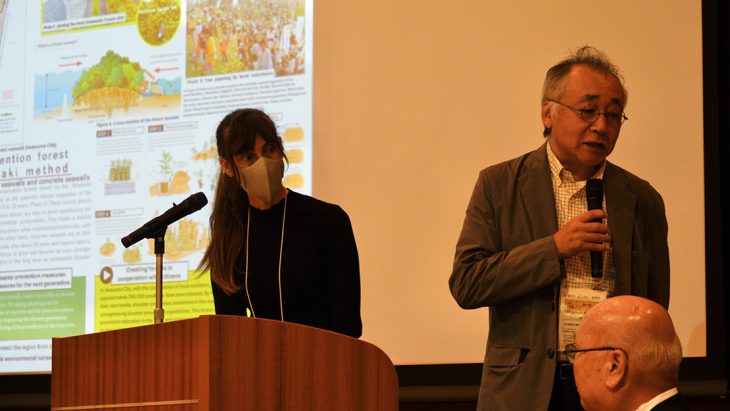
Dr. Shinichi Suzuki, Chairman of the Technical Committee of the Chinju-no-Mori Project and Director of the Japanese Center for International Studies in Ecology, presented on the coastal forest as a natural seawall in Iwanuma City. / Angelina Lee’s Photos
International Symposium Participant Overview
Participant Breakdown
- Overseas Presenters: 38
- Overseas Participants: 49
- Japanese Presenters: 16
- Japanese Participants: 46
Countries and Number of Participants
- United States: 6
- Australia: 10
- Belgium: 1
- United Kingdom: 4
- Bulgaria: 1
- Canada: 4
- Chile: 2
- China: 1
- Netherlands: 1
- Estonia: 1
- France: 2
- Germany: 1
- Greece: 1
- India: 8
- Indonesia: 1
- Iraq: 1
- Italy: 6
- Japan: 62
- Jordan: 2
- Kenya: 1
- Lebanon: 1
- Macedonia: 1
- Mexico: 1
- Nepal: 1
- South Africa: 1
- Taiwan: 2
- Thailand: 19
Nationality Not Provided for 7 Walk-in Participants: 7
Optional Event Participation
Symposium participants also took part in hands-on optional events that provided experiential learning in the value of Miyawaki Method afforestation for ecosystem restoration.
- October 12: Seedling Production Workshop: 57 Reported
- October 13: Tree-Planting Ceremony and Visit to Hayama Elementary School: 60
- October 14: Tree-Planting Ceremony at Shiroyama Kumano Shrine: 44
These events offered participants a valuable experience, deepening their understanding of the significance of the Miyawaki Method in ecosystem restoration.
Reported by: Sano
YouTube/Day 1 of the International Symposium: Miyawaki Forests and Urban Forests
YouTube/Day 2 of the International Symposium: Miyawaki Forests and Urban Forests
View photos
Yokohama Declaration by the UN G20 Global Land Initiative Director and the United Nations Convention to Combat Desertification
Finally, we report that the Yokohama Declaration is an important international declaration aimed at promoting the global dissemination and sustainable implementation of Miyawaki forests, contributing to the resolution of global environmental challenges, and building a sustainable future.
In response to the Yokohama Declaration, the Morino Project (MORINO PROJECT) aims to further strengthen efforts toward the global dissemination and sustainable implementation of Miyawaki forests, contributing to the resolution of international environmental challenges.
